In the News
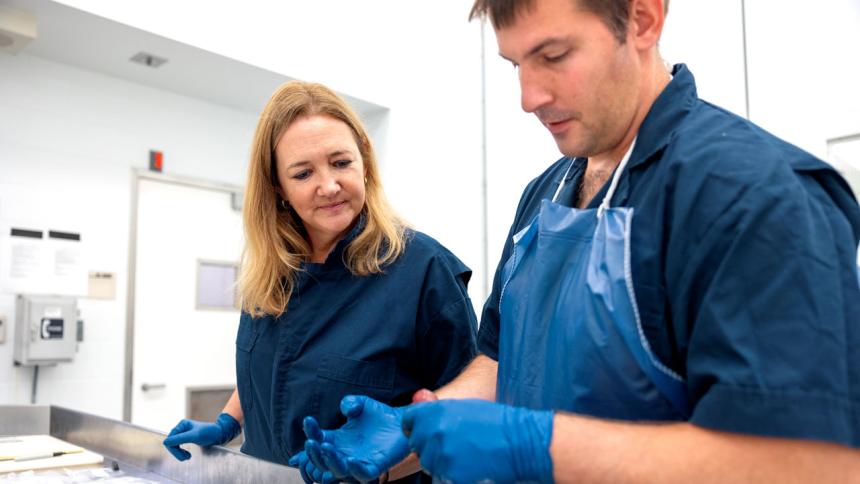
November 22, 2023
State agencies are stepping up education and outreach to promote voluntary adoption of non-lead alternatives, acting on recommendations from their Lead Ammunition Working Group, a multidisciplinary partnership that includes the Cornell Wildlife Health Lab.
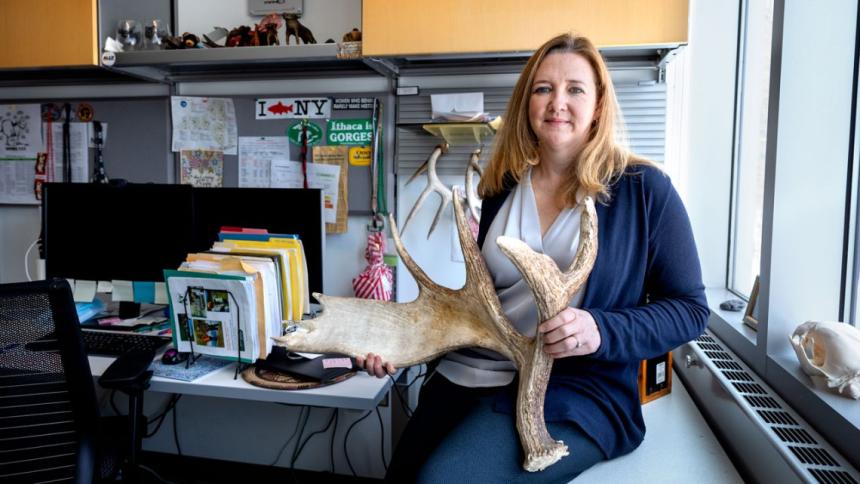
Podcast
November 06, 2023
This Cornell Veterinary Podcast episode features Cornell's Dr. Krysten Schuler, who spends her days working to protect New York State's wildlife from diseases like bear mange, deadly fungus in salamanders, and chronic wasting disease in white-tailed deer.
![Mountain Chicken Frog shown in a wooded area dunder1564 [CC BY 2.0]](/sites/default/files/styles/large/public/2023-11/Mountain%20Chickken%20Frog%20CC%20BY%202.0%20DEED.jpg?itok=IRk3CN0z)
November 02, 2023
Cornell postdoctoral associate Alyssa Kaganer discusses chytrid disease and how we can help protect amphibians from this deadly fungus.
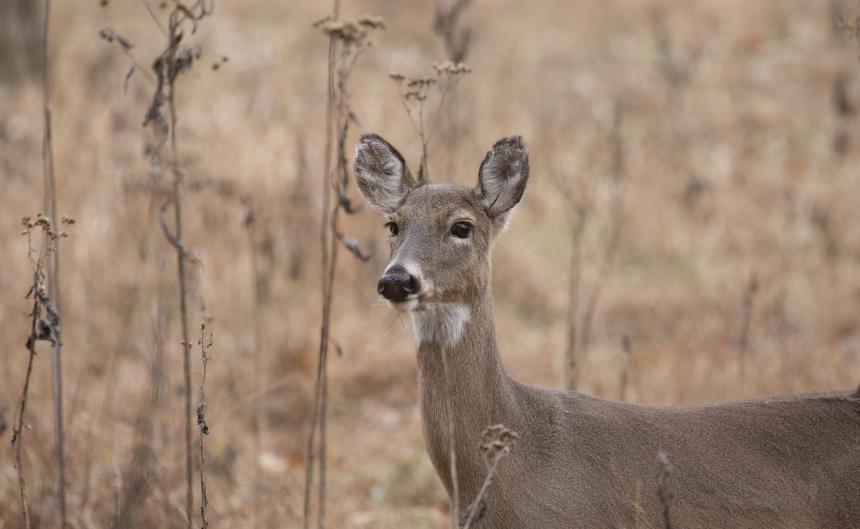
October 24, 2023
Cornell's Krysten Schuler comments on how chronic-wasting disease spreads in deer and the importance of monitoring the disease through surveillance.

Video
October 23, 2023
In this eCornell webinar, Dr. Steve Osofsky, Dr. Krysten Schuler, and Dr. Jennifer Bloodgood of the Cornell Wildlife Health Center at the Cornell College of Veterinary Medicine share their experiences from the field and the lab to illustrate how the health of wildlife and our own health are inextricably linked.
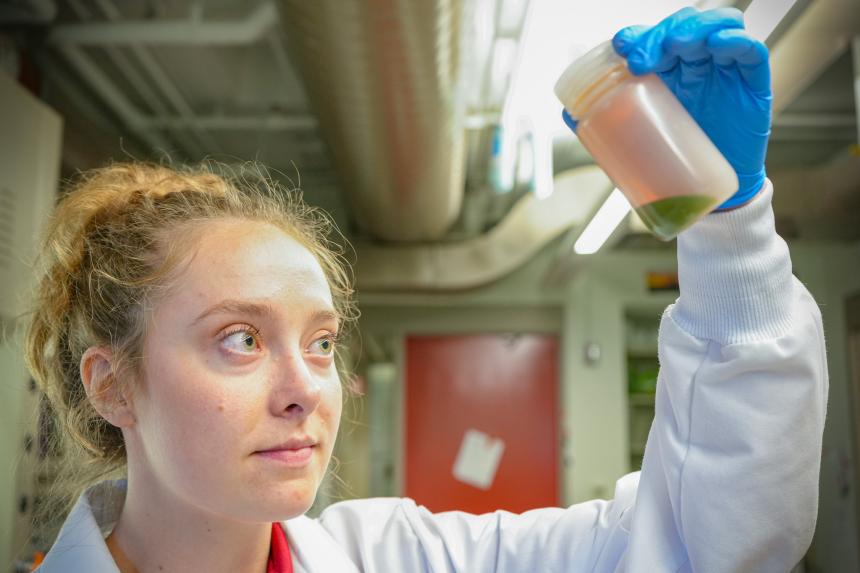
Blog
August 25, 2023
This past spring, Cornell veterinary student Amanda Bielecki, DVM '25, gave an oral presentation at the 79th Annual Northeast Association of Fish and Wildlife Agencies conference about lead exposure in bobcats and fishers.

For Your Information
June 13, 2023
While the recent population recovery of bald eagles in New York State is a conservation success, evidence from necropsies suggest that ingested lead from ammunition fragments is causing morbidity and mortality to wild eagles.
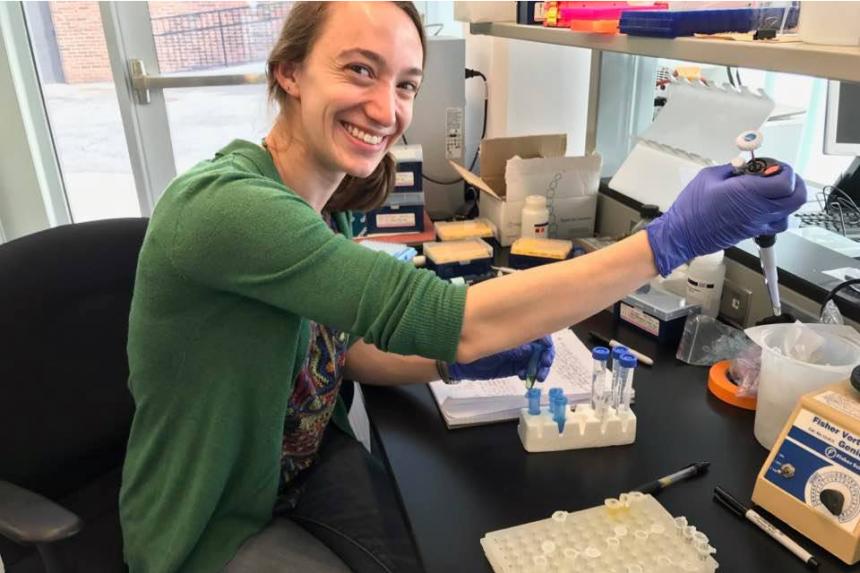
News
June 05, 2023
Dr. Alyssa Kaganer began working with wildlife as an undergraduate student at Cornell University in 2012. She recalls “stumbling” into research at the Cornell Wildlife Health Lab, where she was mentored by Drs. Krysten Schuler and Elizabeth Bunting.
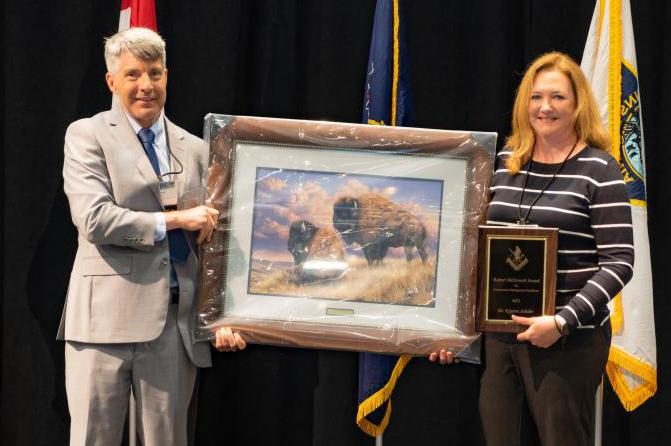
May 17, 2023
Congratulations to Cornell's Dr. Krysten Schuler, who received the highest honor from the Northeast Association of Fish and Wildlife Agencies—The Robert McDowell Award for Conservation Management Excellence.

March 02, 2023
Cornell scientists have been part of a multiphase project looking at factors influencing reproductive and survival rates of adult moose, availability of moose habitat and population estimates.
